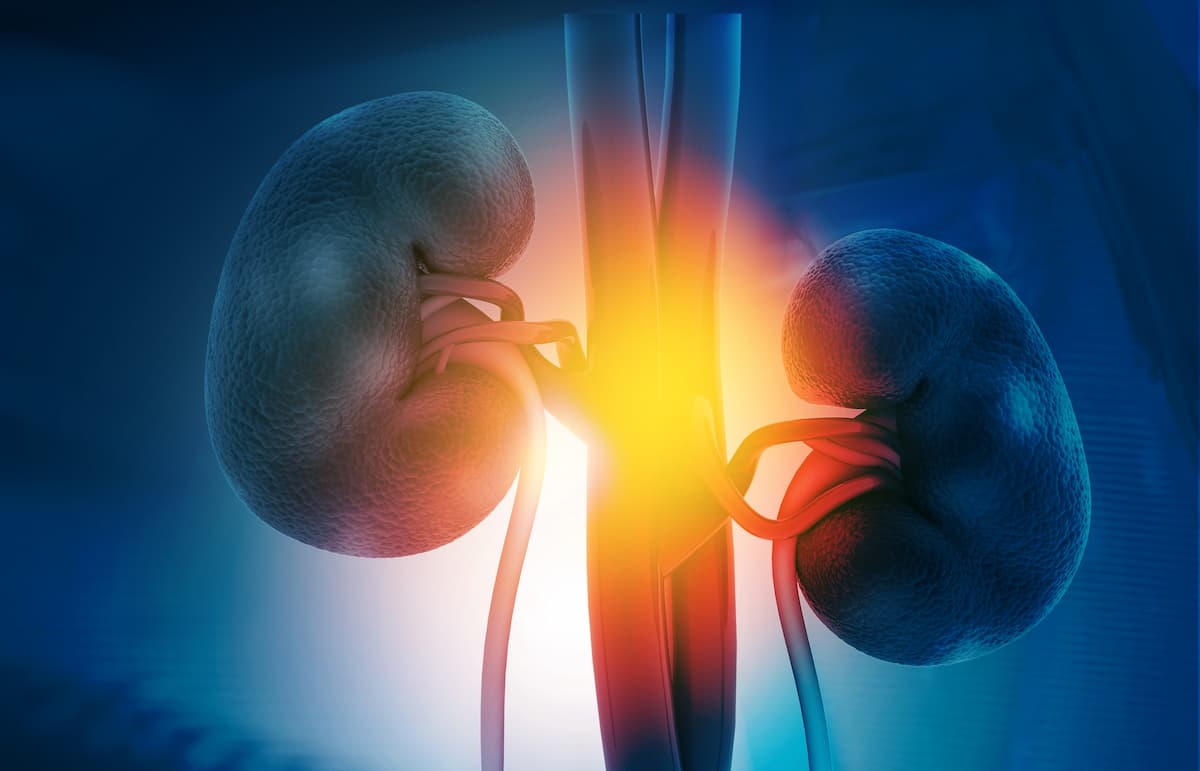Real-world Data Showcase Survival Outcomes After Immunotherapy/TKI Regimens in RCC
Various immunotherapy/TKI regimens were observed to determine the impact on survival in patients with metastatic renal cell carcinoma.
"We present the most comprehensive analysis of treatment patterns and clinical outcomes among [metastatic] RCC patients with a prior receipt of IO and TKI based therapies," according to the study authors.

Patients with metastatic renal cell carcinoma (RCC) preferred immunotherapy-based treatments with or without tyrosine kinase inhibitors (TKIs), according to results from a poster that was presented during the 2024 Kidney Cancer Research Summit (KCRS).
Investigators also highlighted that there was no difference in overall survival (OS) between the different immunotherapy- and TKI-based treatment regimens.
“We present the most comprehensive analysis of treatment patterns and clinical outcomes among [metastatic] RCC patients with a prior receipt of IO and TKI based therapies,” lead study author Neil J. Shah, MBBS, a genitourinary oncologist at Memorial Sloan Kettering Cancer Center, and coinvestigators wrote in the poster.
In the first-line setting, the most common post-immunotherapy treatments were axitinib (Inlyta) plus pembrolizumab (Keytruda; n = 212), ipilimumab (Yervoy) plus nivolumab (Opdivo; n = 156), immunotherapy monotherapy (n = 34), cabozantinib (Cabometyx) plus nivolumab (n = 19), and lenvatinib (Lenvima) plus pembrolizumab (n = 12).
In the second-line, the most common post-immunotherapy treatments were cabozantinib (n = 197), cabozantinib plus nivolumab (n = 53), other second-line options (n = 46), axitinib or pazopanib (Votrient) or sunitinib (Sutent; n = 42), ipilimumab plus nivolumab (n = 40), axitinib plus pembrolizumab (n = 24), everolimus (Afinitor) plus lenvatinib (n = 15), and lenvatinib plus pembrolizumab (n = 12).
In the third-line setting, 56 patients died, and 88 had ongoing treatment. Additional therapies included other third-line options (n = 133), axitinib plus pazopanib and sunitinib (n = 38), cabozantinib (n = 38), Ipilimumab plus nivolumab (n = 10), everolimus (n = 10), lenvatinib plus pembrolizumab (n = 6), and nivolumab alone (n = 4).
Treatment patterns for those with post–TKI-based therapy in the first-line setting included monotherapy (n = 354).
In the second-line setting, options included nivolumab (n = 206), ipilimumab plus nivolumab (n = 45), other second-line options (n = 45), axitinib plus pazopanib and sunitinib (n = 23), axitinib plus pembrolizumab (n = 14), cabozantinib (n = 11), cabozantinib plus nivolumab (n = 9), and everolimus plus lenvatinib (n = 1).
In the third-line setting, patients received cabozantinib (n = 131), other third-line options (n = 78), axitinib or pazopanib or sunitinib (n = 46), nivolumab (n = 35), cabozantinib plus nivolumab (n = 26), ipilimumab plus nivolumab (n = 22), everolimus (n = 10), tivozanib (Fotivda; n = 4), and lenvatinib plus pembrolizumab (n = 2).
Overall, 820 patients were evaluated for this analysis. The median age was 66 years (IQR, 58-72), 72.6% were male, and 77.1% were White. An ECOG performance status between 0 and 1 was observed in 59.5% of patients, 66.3% had clear cell histology, and 74.5% had the International Metastatic RCC Database Consortium category of intermediate- and/or poor-risk disease.
Patients were enrolled between January 1, 2018, and March 31, 2023. The follow-up was January 1, 2018, to June 30, 2023.
The OS for each treatment in the post-immunotherapy/TKI setting are as follows:
- Cabozantinib: 19.2 months (95% CI, 16.1-24.4)
- Axitinib: 16.8 months (95% CI, 10.8-23.5; HR, 1.31; 95% CI, 0.91-1.89)
- Axitinib plus pembrolizumab: 22.6 months (95% CI, 16.0-not evaluable [NE]; HR, 0.83; 95% CI, 0.53-1.32)
- Bevacizumab: 30.1 months (95% CI, 11.6-NE; HR, 0.90; 95% CI, 0.52-1.56)
- Cabozantinib plus nivolumab: 28.6 months (95% CI, 21.1-NE; HR, 0.62; 95% CI, 0.38-1.03)
- Cabozantinib plus pembrolizumab: NE (95% CI, NE-NE; HR, 0.39; 95% CI, 0.10-1.56)
- Everolimus: 9.7 months (95% CI, 5.9-NE; HR, 1.53; 95% CI, 0.90-2.60)
- Everolimus plus lenvatinib: 12.6 months (95% CI, 7.9-17.9; HR, 1.44; 95% CI, 1.03-2.01)
- Ipilimumab plus nivolumab: 27.6 months (95% CI, 13.3-NE; HR, 0.86; 95% CI, 0.56-1.33)
- Lenvatinib plus pembrolizumab: NE (95% CI, 10.3-NE; HR, 0.61; 95% CI, 0.22-1.64)
- Nivolumab: 12.3 months (95% CI, 9.0-NE; HR, 1.21; 95% CI, 0.69-2.15)
- Pazopanib: 16.2 months (95% CI, 7.5-NE; HR, 1.04; 95% CI, 0.58-1.87)
- Sunitinib: 13.7 months (95% CI, 6.6-NE; HR, 1.38; 95% CI, 0.70-2.71)
- Tivozanib: 17.8 months (95% CI, 5.8-NE; HR, 1.09; 95% CI, 0.51-2.33)
Some limitations observed included oral therapies were recorded in the iKnowMed database, but their fulfillment could not be observed. Additionally, the results were not applicable to community oncology practices.
Reference
Shah NJ, Sura S, Shinde R, et al. Real-world treatment patterns and clinical outcomes of metastatic renal cell carcinoma patients post immune-oncology (IO) and vascular endothelial growth factor (VEGF) receptor targeted therapies. Presented at: 2024 Kidney Cancer Research Summit; July 11-12, 2024; Boston, MA. Abstract 36.